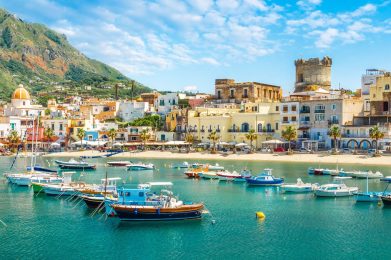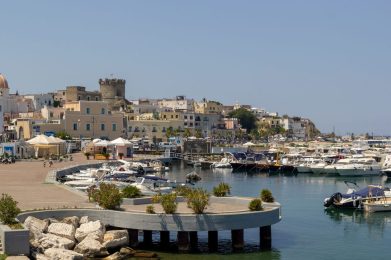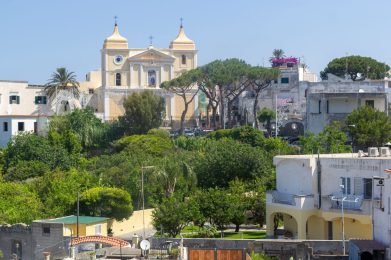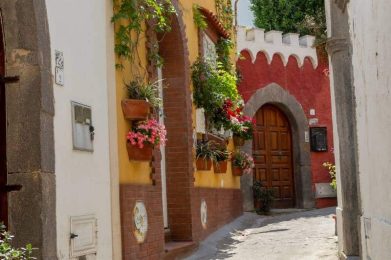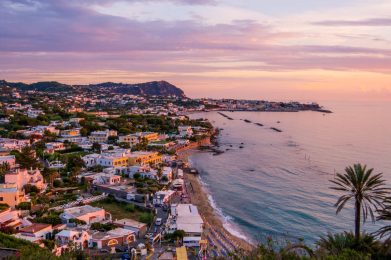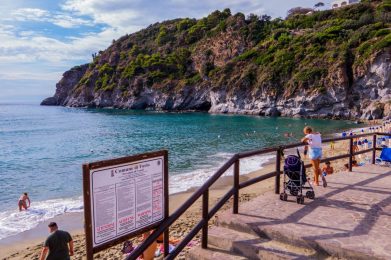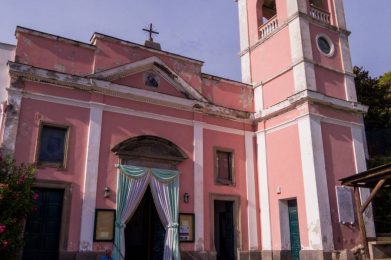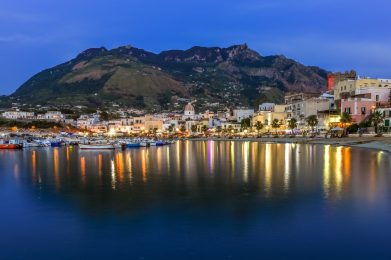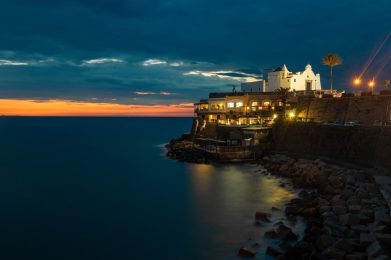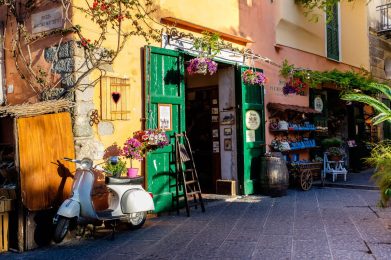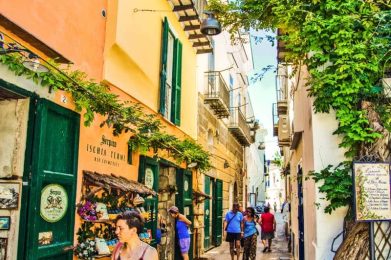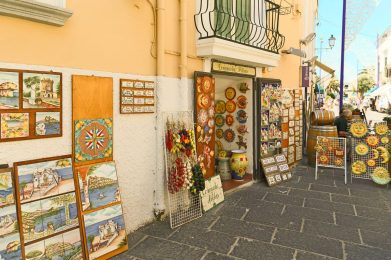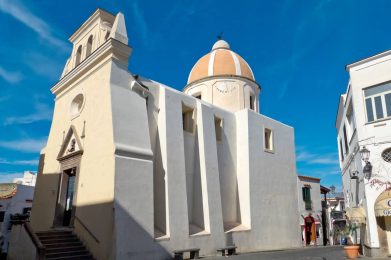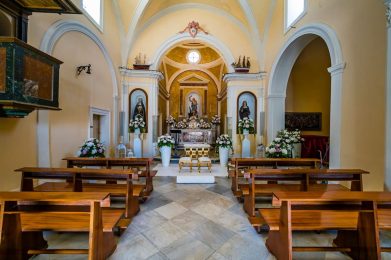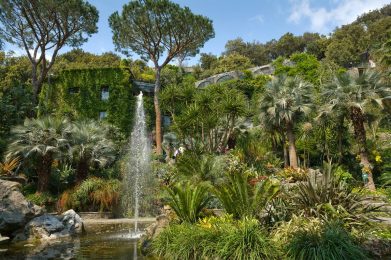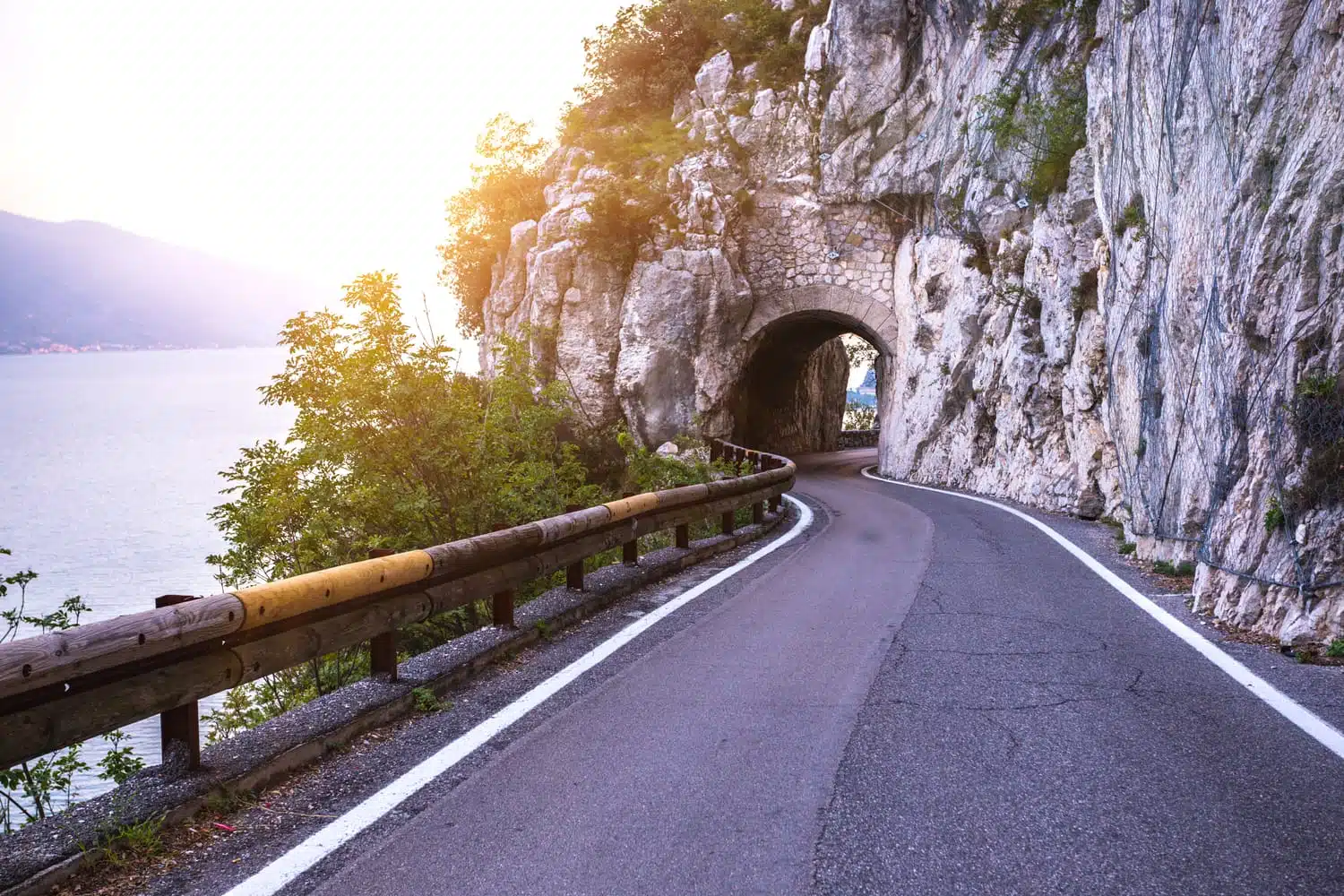Ischia, perhaps less worldly than nearby Capri, offers visitors the same charm and beauty, thanks to its historical and artistic heritage set in spectacular landscapes. One of the island's most important villages is certainly Forio, a small jewel to be discovered on the west coast, in the shadow of Mount Epomeo, which has enchanted the likes of Pablo Neruda, Liz Taylor, Pierpaolo Pasolini and Luchino Visconti.
Discovering Forio d'Ischia: history and good food
Forio, also known as Forio d'Ischia, is one of the oldest colonies of Magna Graecia and is recognized as the cultural center of Ischia. The village, located between Punta Imperatore and Punta Caruso, bears the signs of the Saracen domination it has suffered throughout its history (a fate that befell the entire island of Ischia).
Along the coast, the municipal territory is dotted with defensive towers, including the Torrione, a circular construction built on the top of a tuffaceous rock in the heart of Forio's historic center: on the terrace of the tower there were once four bronze cannons, which allowed the defense of the village from all angles. Today the Torrione houses the Museo Civico, which contains works by local artist Giovanni Maltese.
Not far from the Torrione stands one of the most picturesque and evocative places not only in Forio but in all of Ischia: the Church of the Soccorso, completely white and set sheer above the sea, as if to signal to sailors that their home is approaching. The church, dedicated to Santa Maria della Neve, stands on the remains of an Augustinian convent and features a simple white facade that shows a mixture of styles, from Mediterranean to Moorish to Greek-Byzantine.
Inside, in the Chapel of the Crucifix, a splendid wooden crucifix dating from the 15th century can be admired, which, according to an ancient legend, was found at sea by some sailors.
To reach the Chiesa del Soccorso, you have to climb a short flight of steps decorated with colourful 18th-century majolica tiles depicting biblical scenes and images of saints. It is advisable to climb these steps at sunset, because it is at that time that the so-called green ray can be seen from the churchyard, a sort of beam of light that is released at the same time as the sun is setting.
Also worth a visit is the Church of San Vito, where you can appreciate the fussy style of the façade, in the centre of which is a majolica panel depicting the life of the saint.
Strolling through the alleyways of Forio d'Ischia, one encounters many craft shops, mainly dedicated to the production of ceramics, one of the major specificities of the place that has been carried out for centuries.
There is no shortage of characteristic restaurants where you can taste the typical cuisine of Forio, from rabbit all'ischitana to the pizza di scarola: the latter is certainly a dish common to the whole of Campania, but in Forio it is not only fried, but in the filling, in addition to escarole, anchovies, pine nuts, olives and capers, cooked wine is also exceptionally added.
The most beautiful beaches in Forio
Those who stay in Forio and want to enjoy the beauty of the sea that washes it can reach the Spiaggia della Chiaia, a few steps from the historic centre; the Spiaggia di San Francesco that takes its name from the homonymous church not far away; the wild Spiaggia di Cava dell'Isola or the Spiaggia di Citara.
The latter is characterised by the presence of numerous underground springs and not far away are in fact the Poseidon Gardens, one of the most famous spas in the whole of Ischia.
The Pelara Trail, which winds through unspoiled territory overlooking the sea, leads to the Bay of Sorgeto, in Panza: descending a few steps, one arrives at the heart of the bay, where there are some natural pools bordered by boulders and rocks. In Sorgeto Bay, sea water blends with fresh water from the springs, creating warmer and cooler zones, creating a kind of Kneipp path that is absolutely free and accessible to all.


